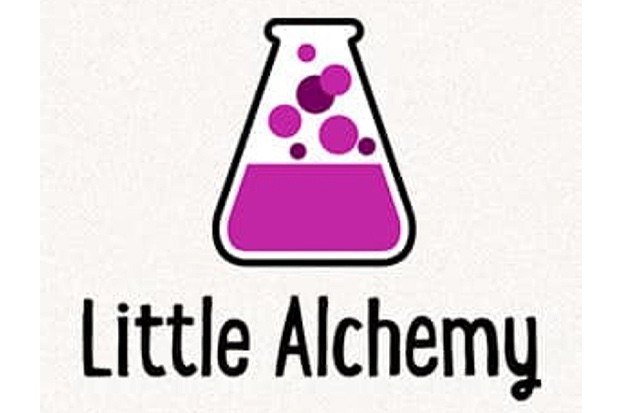Little Alchemy is an addictive, mobile game where you combine different elements to create new ones. It’s a game of discovery, creativity, and fun! If you’re wondering what the Ingredients in Little Alchemy are available, then this article is for you.
Little Alchemy is a charming, alchemy-themed puzzle game that will have you playing for hours on end. There are over 300 levels to enjoy with various challenges to complete. With your help, the little alchemist can discover the secrets of alchemy and unlock all of its mystical powers. But don’t worry if you get stuck – there’s always someone on our forums who can help.
However, if you want to know how to make stone in little alchemy then you can check out our tutorials.
Well, here are some of the most common ingredients used in Little Alchemy. Let’s get started.
The Ingredients of Little Alchemy
The ingredients in Little Alchemy are as follows:
– Water
– Salt
– Allium
– Sand
– Wood
The Power of Elements
Little Alchemy is an addictive puzzle game that uses alchemy as the inspiration for its gameplay. You mix and match elements to create new ones, but what are the ingredients in Little Alchemy?
The most common ingredients used in Little Alchemy are Earth, Wind, Fire and Water. Other ingredients include: Wood, Metal, Salt, and Stone.
There’s so much to learn about alchemy from Little Alchemy – it’s a game of discovery! So if you’re looking for some more information on the power of elements in this game or want to know more about other ingredients used in the game, then check out our forums – we have lots of helpful players there who will be happy to answer your questions!
What the different elements do
The four elements that Little Alchemy uses are air, fire, water, and earth. The different ingredients you use in Little Alchemy are often a combination of these elements.
Air is the base element that you combine with other ingredients to create new ones. Air can turn into all other elements as well. For example, if you wanted to make a new ingredient out of air and fire, then they would combine to become water.
Fire is one of the most common ingredients because it’s so useful in so many different recipes. It turns into heat when you combine it with another ingredient (since heat doesn’t exist without fire), but it also turns into light and smoke when combined with water or earth.
Water is a versatile ingredient that can be turned into ice as well as steam by combining it with an earthy ingredient like sand or clay. It can also turn into fog and mist when combined with air or fire.
Earth is a good addition to your recipes because it turns any recipe from liquid to solid once combined with another ingredient — such as sand or clay — . Earth can turn into mud if mixed with water too much though!
There are also some unique parts of each element:
How to create various ingredients
The ingredients in Little Alchemy are simple to create but require a bit of effort to make. There are two ways you can create new ingredients: Use the “Materials” button and select them from the list, or use the wand that appears when you move your finger.
To create an ingredient using the materials button, simply tap on what you’d like to be added into your ingredient and then tap “Add.”
To add an ingredient using your wand, tap on any of the three empty circles at the bottom of your screen. The first circle is for metals, the second circle is for gems, and the third is for non-metals. To complete this process, touch the ingredient you want to add (for example: gold) and drag it into one of those circles.
Here’s a brief tutorial video on how to add ingredients:
Some examples.
Gems – Used to create other gems.
Transmutation Stones – Used to transmute one element into another.
Compound Stones – Used to create new compounds.
Little Alchemy is a game where you combine different elements to unlock new ones. The game has over 300 levels and enough ingredients to keep you busy for hours on end.
One of the most common ingredients in Little Alchemy is gems, which can be used to create other gems. The game also uses transmutation stones that can be used to change one element into another and compound stones that can be used to make new compounds in order to reach higher levels.

